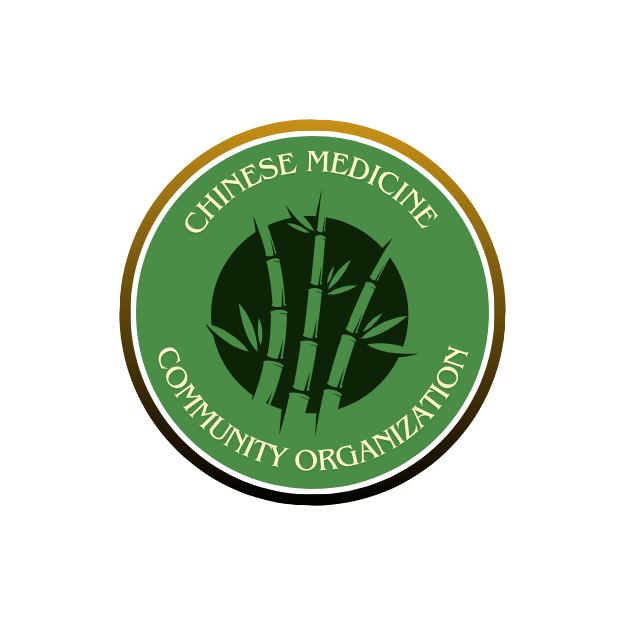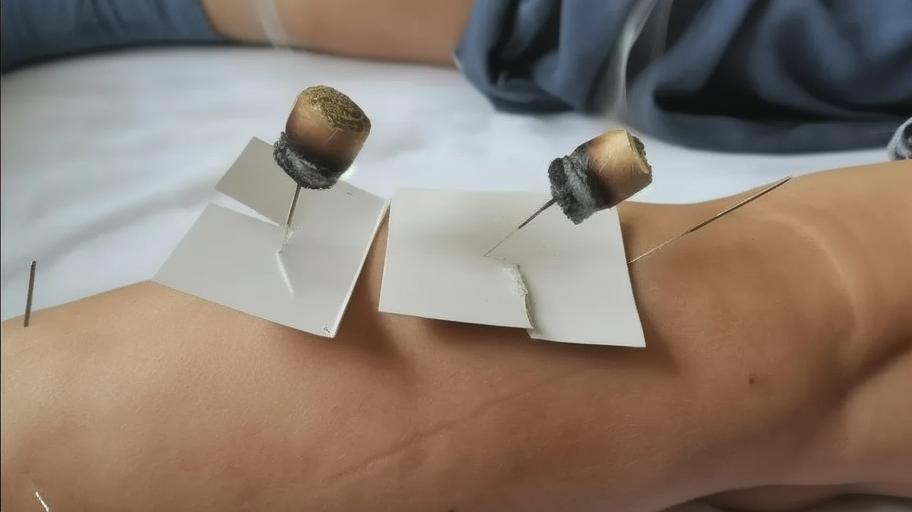A clinical trial investigated whether warm needle acupuncture could improve the treatment of degenerative knee osteoarthritis alongside conventional medications. Researchers at Nanchong Hospital of Traditional Chinese Medicine and Chuanbei University of Medicine divided 130 patients into two groups: warm needle acupuncture and pharmaceutical control.
Warm-needle acupuncture (WA) is a therapy in which acupuncture and moxibustion are combined by stimulating acupoints with needles whose handles are affixed with burning pieces of moxa.
The study included 130 patients who were randomly divided into a warm needle acupuncture observation group and a pharmaceutical control group, with 65 cases in each group. Both groups received treatment for four weeks. The control group received conventional medications – glucosamine and celecoxib – to manage symptoms. The warm needle acupuncture group received the medications along with acupuncture sessions three times a week. During these sessions, thin needles were inserted at specific leg and foot acupoints to elicit a feeling of soreness or numbness. Additionally, moxibustion, a traditional Chinese medicine technique involving burning moxa on some needles, was applied.
The researchers assessed various parameters before and after treatment. These included:
- Osteoarthritis severity: Measured by the WOMAC score (lower score indicates less severe symptoms).
- Pain intensity: Measured by the VAS score (lower score indicates less pain).
- Knee joint function: Measured by the Lysholm score (higher score indicates better function).
- Inflammation: Measured by levels of Interleukin-1β, Tumor Necrosis Factor-α, and Interleukin-6 (lower levels indicate less inflammation).
- Bone health: Measured by levels of osteoprotegerin (OPG) and bone Gla Protein (BGP) (higher levels indicate better bone health).
Results showed improvement in both groups, but the warm needle acupuncture group fared better. They had a significantly higher total effective rate (92.3% vs. 80.0%), indicating greater overall improvement. Additionally, this group experienced greater reductions in pain and inflammatory markers, alongside improvements in joint function and bone metabolism indicators compared to the control group.
In the control group, patients received conventional pharmaceutical treatment. This included oral administration of glucosamine hydrochloride tablets, twice daily at a dosage of 75 g per dose and celecoxib capsules, once daily at a dosage of 0.2 g per dose. The treatment regimen spanned a total of 4 weeks.
In addition to the above treatment, the warm needle acupuncture group also received warm moxibustion therapy. The main acupoints selected were:
- EX-LE04 (Neixiyan)
- ST35 (Dubi)
Supplementary acupoints included the following:
- GB39 (Xuanzhong)
- KD10 (Yingu)
- SP9 (Yinlingquan)
- GB34 (Yanglingquan)
- ST40 (Fenglong)
- ST34 (Liangqiu)
- SP10 (Xuehai)
This study suggests that warm needle acupuncture, alongside conventional medications, might be a more effective approach for managing degenerative knee osteoarthritis compared to medications alone. The acupuncture treatment appears to reduce pain and inflammation while improving joint function and bone health. However, more research is needed to confirm these findings and explore the long-term effects of warm needle acupuncture for knee osteoarthritis.
References:
[1] Ming Haijun, Pang Dan, Liu Le, Zhou Nanling, Wang Yongquan, Fan Xiaochun, Efficacy Observation of Turtle-probing Needling Combined with Warming Needle on Knee Degenerative Osteoarthropathy,Shanghai Journal of Acupuncture, Volume 42, Issue 11, November 2023.
[2] Hyo-Rim Jo, Seong-Kyeong Choi, Won-Suk Sung, Seung-Deok Lee, Byung-Wook Lee, and Eun-Jung Kim, Thermal Properties of Warm- versus Heated-Needle Acupuncture Evidence-Based Complementary and Alternative Medicine. 2022; 2022: Published online 2022 Feb 28

